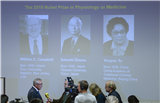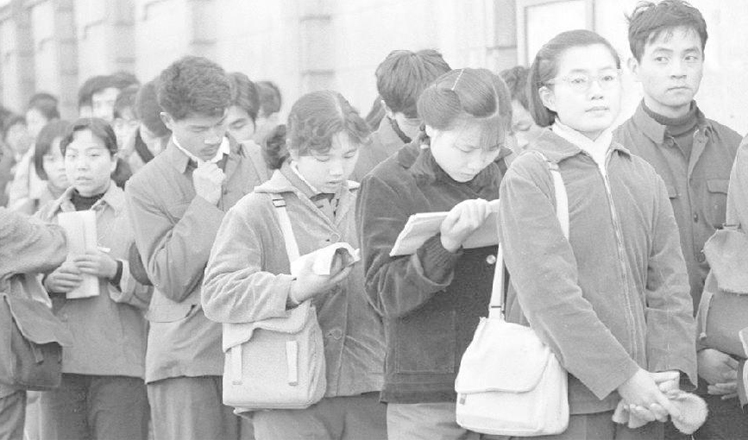Li's stand set new standard
Updated: 2015-10-06 08:33
By Agence France Presse In Wuhan(China Daily)
|
||||||||
China's next generation of stars taking cue from career path of retired Grand Slam champion
Li Na's Grand Slam wins did miraculous things for tennis in China, but experts say a cultural shift away from central planning towards individual development is needed if the country is to emerge as a powerhouse in the sport.
Tangible evidence that China is embracing tennis comes in the form of the Wuhan Open's new, 15,000-seat stadium, opened by Li last month, which has a capacity similar to Wimbledon's Center Court.
Steady crowds and the presence of 12 Chinese players in the women's top 200 - behind only Russia, the United States and the Czech Republic - also demonstrate the game's upward trajectory.
Much of the growth is directly attributable to Li, Asia's first Grand Slam singles champion who won two major titles before she retired on the eve of last year's inaugural Wuhan Open.
But many observers believe China might have an extended wait for its next Grand Slam winner.
Simon Chadwick, professor of sport at Britain's Coventry University Business School, suggests China needs a cultural rethink.
"The factory-style government development of athletes might work in sports such as gymnastics. Tennis is different ... it requires a very clear and simple focus on individuals," Chadwick said.
"Unless China embraces this notion then one imagines that the country will find it difficult to enable the type of cultural change that is required to promote the sport's development."
Li, who at a young age was ordered to abandon badminton for tennis against her will, famously took a stand to split from the state system in order to organize her own sponsorship and be coached by her husband.
It took years of difficulty and media sniping before she finally made it big late in her career, becoming a superstar in her home country, complete with a bronze statue in her native Wuhan.
Jorge Salkeld, a Women's Tennis Association board member and senior vice-president at Octagon Tennis, the Wuhan Open's promoter, said the "Li Na factor" has seen the popularity of tennis in China surge.

Provincial governments have quickly come on board, developing tennis academies and domestic championships - although regional rivalries are a difficult distraction for Chinese players.
"Sport is all state-funded and if a province is a winner in whatever national games then they are even more centrally funded," Salkeld said.
"The tricky part is that the provinces' main objective is to win the national games, which diverts attention away from the professional tennis tours.
"When a player needs to be training on clay to prepare for the qualifications for Roland Garros, or grass to prepare for Wimbledon, they have another schedule going on at the same time. So that has created problems."
However, it is clear that China has embraced the sport, and when that happens, things can move quickly - and in unexpected directions.
Yi Guoqing, tournament director and general manager of the Wuhan Sports Development Institute, said it took just two years from the start of negotiations for the Wuhan Open to become reality.
He compared tennis in China to the market reforms under Deng Xiaoping - dubbed "socialism with Chinese characteristics" - which allowed it to blossom into the world's second largest economy.
"The government means making the policies, the hand of the market is the participation of the society," said Yi.
"Not only in tennis. The whole economy of China is taking the same road. It is changing and I believe it will be more open in the future."
And this may allow the country to create an entirely new model of tennis - one with Chinese characteristics.
|
Li Na, China's retired twotime Grand Slam champion, instructs during a master class at the Wuhan Open in Wuhan, Hubei province. AFP |
(China Daily 10/06/2015 page12)
- Russian warplanes hit IS targets in Syria
- Senior US envoy to visit Japan, S Korea, China
- Russia, US agree to cooperate in solving Syria crisis: Russian FM
- Iranian President calls Iran deal victory over war
- LatAm experts praise Xi on yuan, globalization
- Evidence found of summertime water flows on Mars: study

 China wins first Nobel in medicine
China wins first Nobel in medicine-
 Saving Chinese folk songs
Saving Chinese folk songs 
 Candlelight vigil for Oregon shooting victims
Candlelight vigil for Oregon shooting victims
 Chinese people's pursuits in different eras
Chinese people's pursuits in different eras
 Ten highlights from Xi's trip to US and UN
Ten highlights from Xi's trip to US and UN
 Top 10 life-changing benefits from Xi's US visit
Top 10 life-changing benefits from Xi's US visit-
 Highlights of President Xi's speeches at UN
Highlights of President Xi's speeches at UN -
 The president's historic journey to the west
The president's historic journey to the west
Most Viewed
Editor's Picks

|

|

|

|

|

|
Today's Top News
Tu first Chinese to win Nobel Prize in Medicine
Huntsman says Sino-US relationship needs common goals
Xi pledges $2 billion to help developing countries
Young people from US look forward to Xi's state visit: Survey
US to accept more refugees than planned
Li calls on State-owned firms to tap more global markets
Apple's iOS App Store suffers first major attack
Japan enacts new security laws to overturn postwar pacifism
US Weekly

|

|









